Artlecture Facebook
Artlecture Facebook
Artlecture Twitter
Artlecture Blog
Artlecture Post
Artlecture Band
Artlecture Main
Last week, I have introduced the anchorite saint Julian of Norwich and have briefly explored a section of her famous text, The Revelations of Divine Love. The hermit saint who h...
|
HIGHLIGHT
|
Last week, I have
introduced the anchorite saint Julian of Norwich and have briefly explored a
section of her famous text, The Revelations of Divine Love. The
hermit saint who had spent most of her days within the confines of her cell in
Norwich shared her out-of-the-body experience in writing, which transcended the
age and reached our present selves.
It is always the minute
things which are often overlooked that comes to mind as one sits and ponders
about life. As a self-identified medievalist that walks the planes of this
earth in 2021, a small fragmentary piece of ivory, holstered in an exhibition
hall in one of the biggest museums in London came to my mind this week.
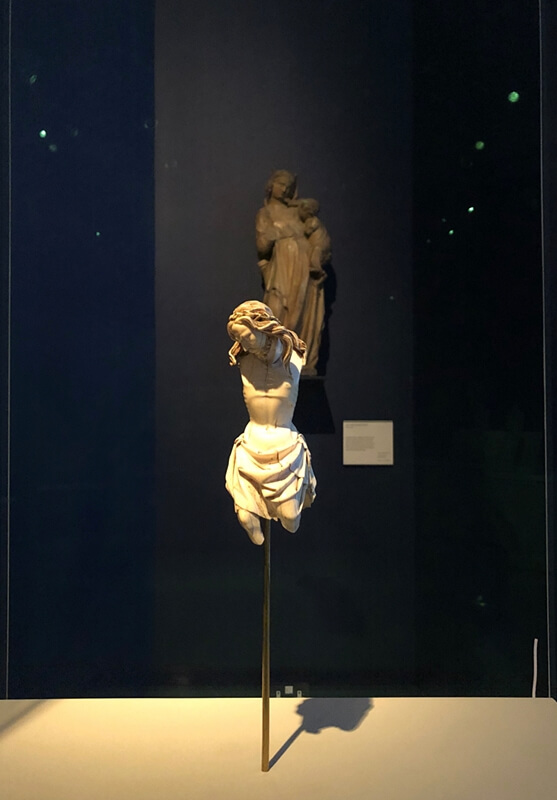
Figure 1. Giovanni
Pisano, The Crucified Christ, c. 1280s. Victoria and Albert Museum,
London.
Source : Author’s own.
In the Room 9 of the
Medieval and Renaissance Gallery in the Victoria and Albert Museum, there lies
a small piece of ivory, resting in a case that is perhaps far too big for its
diminutive size. (Fig. 1) It is a fragmentary remains of a statuette of the Crucified
Christ, made out of ivory with traces of gilding in the air and colouring
in the loincloth. Here, Christ is shown at the point of death, with his eyes
closed and his head turned to one side; his mouth is slightly agape and the
veining of the ivory creates several gashes on his left cheek, emphasising his
suffering. (Fig. 2) The work depicts the iconography known as the Man of
Sorrows, a popular motif to be depicted in ivory. His long hair is divided into
three distinctive cascading locks and falls onto each of his shoulders and down
the back. (Fig. 3) His beard appears to have been trimmed short, encasing the
entirely of his jaw. The corpus of Christ, carved fully in the round, is now
missing its arms and legs below the knees. The two gaping holes on its
shoulders indicates that the arms would have been formed from separate ivory
fragments, designed to be slotted into them. (Figs. 4 and 5) The legs has been
roughly broken off. The figure carries an almost “Baroque”
sense of rotating figural form: the upper part of the body twists to its right,
whereas the lower half turns to its left. The figure gently twines around its
axis, and this serpentine form creates a sense of emotional drama, vividly
manifesting the the moment in the salvation narrative in which the slackened
body of Christ, slumps heavily with the burden of sin and suffering.
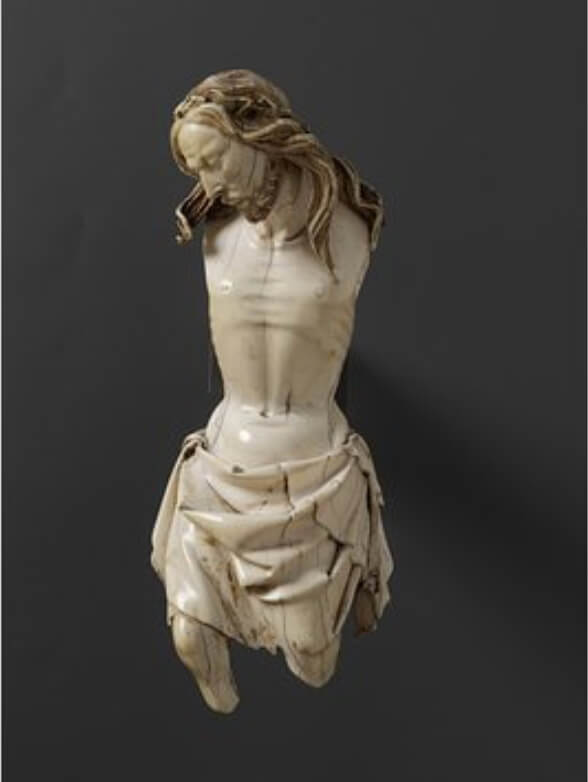
Figure 2. Giovanni Pisano, The Crucified Christ, c.
1280s. Victoria and Albert Museum, London.
Source : Courtesy of V&A Museum, London.
The fragmentary ivory
crucifix, which has been attributed to Giovanni Pisano,[1]
kindles three different concerns: firstly, the choice of the material, the
religious motif used, and the meaning that it seeks to communicate, when the
two former points are taken together into consideration. The following
paragraphs will endeavour to explore the material property of the ivory as can
be read from the object, the significant role that it plays in unveiling the
theological significance of the depicted Christ on the crucifix. The broader
question of the role of material as an agency in creating meaning in works of
art will be considered.
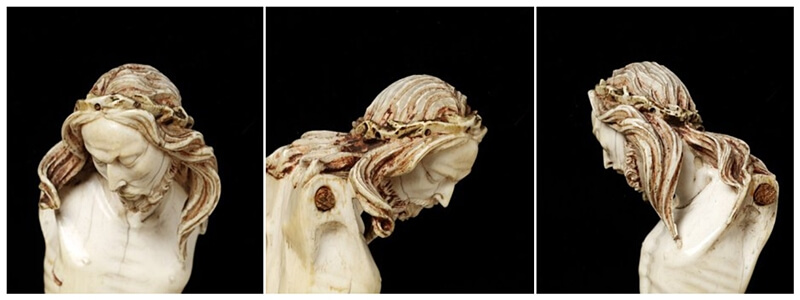
Figure 3. A Detail of Giovanni Pisano, The Crucified
Christ, c. 1280s. Victoria and Albert Museum, London.
Source : Courtesy of V&A Museum, London.
/
Figure 4. A Detail of Giovanni Pisano, The Crucified
Christ, c. 1280s. Victoria and Albert Museum, London.
Source : Courtesy of V&A Museum, London.
/
Figure 5. A Detail of Giovanni Pisano, The Crucified
Christ, c. 1280s. Victoria and Albert Museum, London.
Source : Courtesy of V&A Museum, London.
High naturalism is the
most prominent formal aspect of the work on multiple levels. The alternating
technique of high and low relief, while it demonstrates the sculptor’s
technical skills, presents us with a highly naturalised depiction of the
Christ. The directional flow of the long hair, marked by long, linear carving
is starkly contrasted by the short coiling hair of the beard. The ribs are
merely indicated by subtle low relief carving while the finely pronounced frown
lines on the forehead are incised carefully to create the impression of the
suffering Christ. The loincloth shows the rippling textures of the ivory which
has been carved on varying degrees of depth. Such effects, while affirming the
technically advanced skills of the sculptor, are also achieved due to the
physical properties of ivory. Valued and appreciated for its unique structural
properties, ivories are made out of dentine cells in formation of enamel that
takes a honeycomb appearance with the development of mineral crystals.[2]
This gives them a tensile strength, making it suitable for long-lasting,
detailed carving, as evident from the fine tendrils of hair and the
loosely-falling clothes of the object. An oily substance within the cavities of
the interlacing patterns in the tusk that helps to reduce the brittleness and
that gives a smooth finish, which can be enhanced with polishing. This gives a
clean beauty and soft feel to the work akin to human skin, adding to the sense
of naturalism.
The work, while it may
have been opalescently white, appears to have been discoloured, and yellowed.
This again, could be explained by one of ivories’ physical
properties, as they are prone to change over time, especially when brought into
frequent contact with human skin, oils and perspiration that makes the creamy
white colour to darken. The work, given its small scale (approximately 15 cm in
height) is likely to have been used as a portable crucifix that one would have
held in his hands for recitation prayers. The discolouration is especially
evident around the torso, whose features have been yellowed and darkened,
perhaps testifying that there would have been frequent contact with moist
palms.
The lack of polychromy
present emphasises the smooth, even surface of ivory. The work bears
resemblance to human bone fragments, by which symbolic associations could be
made. Ivory, as a material, is imbued with theological significance, as found
by several biblical references from the Old Testament. Most famously, King Solomon allegedly ‘made a great throne of ivory and
overlaid it with pure gold’, which associates ivory
with luxury, power and glory — a belief that was prevalent in the Middle Ages.[3]
A stark contrast is provided in the example of King Ahab, a corrupt king of the
Northern Israel, made a house of ivory, which downgrades the morality of the
material as a representation of vanity and superficiality.[4]
One further reference could be found from the Book of Amos that states, ‘and the houses of ivory shall perish’, which adds a prophetic,
apocalyptic dimension to the ideas surrounding the material ivory,
prognosticating that wealth and vanity will come to an end.[5]
Such theological significance that attest to the vanity of life, emphasises the
perils of an attachment to transient worldly pleasures. This object, however,
is laced with a sense of paradox. The material, which is complicated by its
symbolic biblical associations addressing the futility of vanity, is paired
with the iconography of the Crucifix, the symbol of eternal salvation that
embodies God’s atonement of the sin and the triumph
over the finality of life. The ivory, in this sense, works in relation with the
subject depicted, serving as a warning to its beholder to embrace an attitude
of contemptus Mundi — the contempt of the world.[6]
Taking both the
properties and the symbolic values of the ivory into account, the material
object that we might have in front of us generates a sense of uncanniness of
having the miniature mimetic representation of the broken holy body — the
humanised God — materialised in one’s hands. Duality of powers is conveyed in
the work. The emotive iconography and the use of ivory coexist together to send
across a powerful ecclesiastical dialogue of problem and solution: the
condemned futile human life met by the God’s extended hand of salvation. The
idea of holding the symbol of salvation — the eternal afterlife, a concept far
removed from one’s physical presence during lifetime, triggers an emotional
response and perhaps, enhances the sense of desperation and the longing for
salvation that its original beholders would have had whilst praying using the
crucifix. This is echoed by Daniel
Miller’s argument who propounds that materiality has the power to elevate
objects from being ‘mere things as artefacts’ to those that ‘transcend the
dualism of subjects and objects’.[7]
The beholder would have been prompted to recognise his own mortality while
becoming more aware of the materialised immaterial divine being in his hand. It
is this tactility of the material object that gives greater power to the
message, which makes the use of ivory highly significant and integral in
communicating with the beholder. The nature of this message remains common in
late medieval works of art and this crucifix finds its place within the larger
group of tangible devotional objects. Being able to hold the object in the very
moment of worship, allows greater sense of connection with the deity during
worship, intensifying the desire to reach salvation through acts of devotion.
This materialisation of grasping what is seemingly intangible, which ivory
offers, would have made the work highly powerful medium in its own right.
Contrary to the
original beholders however, the modern beholders are presented with the
fragmentary remains of the statuette — it is a literal translation of the
broken form the the broken body of Christ. This prompts one further question: how
does the materiality of the work change its agency over the modern beholders?
The material agency becomes more charged as the broken form makes the viewers
more aware of both the jagged texture and the smooth exterior surface. The
textural juxtaposition confronts the viewer with material quality of the work.
Reflecting on the idea of materialisation of the immaterial, the tactility of
the object, provided by the ivory, is the essential element that allows the
work to exercise its agency — when forms have the power to cause effects — on
its original owner.[8]
This is an object whose intangible concept has been materialised to give it a
tactile quality that ensures a physical contact with the owner. The signs of
age and utility evident from the discolouration further challenges the
kinaesthetic curiosity of the modern beholders. Recalling Miller’s
anthropological ideas of how objects could act as the “mirror” of human
activities by bearing these marks that display the preoccupations and the lives
of its original beholder, the present state of the ivory testifies to its own
history, giving the material a greater agency as the signifier of the object
history.[9]
The socio-historical
context, in which the work may find itself changes. The current society no longer
operates within a system reliant on organised religion as compared to the
thirteenth century social models and the object has been removed from its
original location — whether it would have been an Italian church, a domestic
space or the pocket of the original intended beholder — to a acrylic vitrine in
the Victoria and Albert Museum amongst other medieval objects (stained glass,
altarpieces, other ivories alike) from the continental Europe. (Fig. 6) It is a
marked transition and transportation from a religious sacred space into an
educational secular space, which doubles as a cultural depository of artefacts.
The surrounding space, the nature of the viewer, the social beliefs have all
changed, yet the material is the one unifying, lasting factor that continues to
exist in the same form. It bears the history of the object as signs and carries
the theological, historical, and conceptual significance: adding a great weight
to the ivory.

Figure 6. Room 9 of the Victoria and Albert Museum, London.
Source : Author’s own.
Pisano’s choice to use
ivory in depicting this broken corpus allows greater naturalism and strengthens
the religious message conveyed due to its physical properties and traditional
associations with Christian faith. The uncanny resemblance of ivory with human
bones serves as a physical and actual reminder of mortality at hand, which is
answered by the christological iconography of Man of Sorrows. The
materialisation of the concept that the subject embodies, adds a newfound
dimension of tactility, which elevates immateriality to materiality that allows
the work to communicate its universal message of God’s salvation on a more
direct and assertive level. On this account, the work has an agency on the
owner; however, it is the material - the ivory - that inaugurates the meanings,
raising the status of the work from a mere repository of meanings to the object
where its meanings are integrated with its material nature. It is also the
material — ivory — that gives a greater sense of weight, of monumentality to
the object.
[1]
Attributed by John Pope-Hennessy in 1965.
J.
Pope-Hennessy, “An ivory by Giovanni Pisano” Victoria
and Albert Museum Bulletin. Vol. 1, no. 3, (July
1965), pp. 9-16.
[2] A
MacGregor, Bone, Antler, Ivory and Horn: The Technology of Skeletal
Materials Since the Roman Period (Beckenham, 1985) pp. 14-16.
[3] 1
Kings x,18 and 2 Chronicles ix, 17
[4] 1
Kings xxii, 39.
[5] Amos
iii, 15.
[6]
Paul Williamson and Glyn Davies, Medieval Ivory Carvings: 1200-1550 Part I,
(V&A, 2014), p. 472.
[7] Daniel Miller, Materiality, (Durham, N.C.: Duke University Press, 2005), p. 3.
[8] op.
cit. p. 11.
[9] ibid.,
pp. 17-20.
☆Donation:
Sarah J Yoon
I read History of Art as an undergraduate at Oxford University and studied Medieval Studies for masters at the Courtauld Institute of Art. Presently, I am working as a researcher for a private art collector that specifically collects antiquities in Seoul. My primary research interest lies within the late medieval European visual and material culture, touching on the semantic relationship between images and text, historicity, and reinterpretation of medieval art history in light of contemporary critical theories

Welcome to T/C Latvia : Latvian pavilion at Venice Biennale

James Lee Byars, 1932–1997

James Turrell - Aftershock
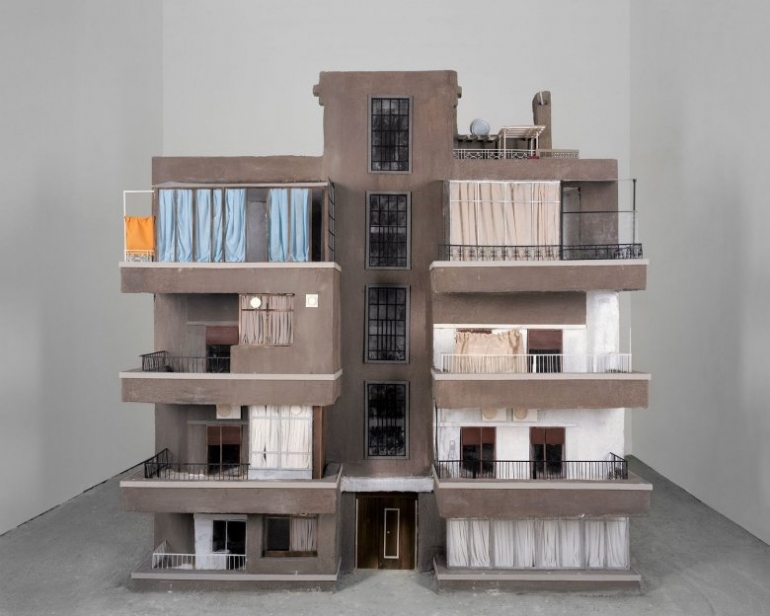
Hrair Sarkissian: The Other Side of Silence

Bruce Nauman. Neons Corridors Rooms

Barbara Kruger: Thinking of You. I Mean Me. I Mean You
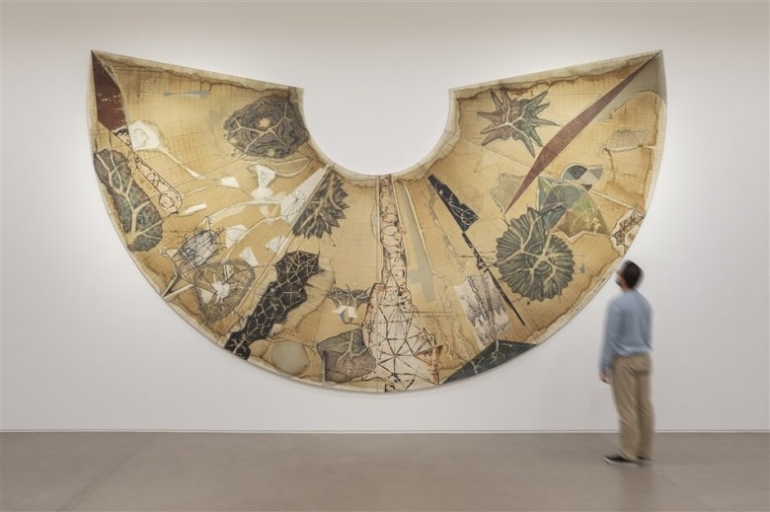
Jitish Kallat: Order Of Magnitude
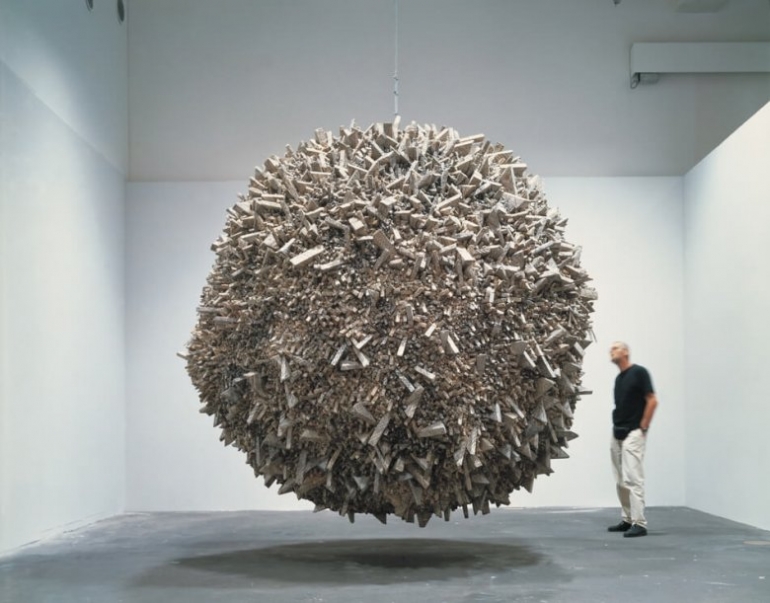
Chun Kwang Young: Times Reimagined
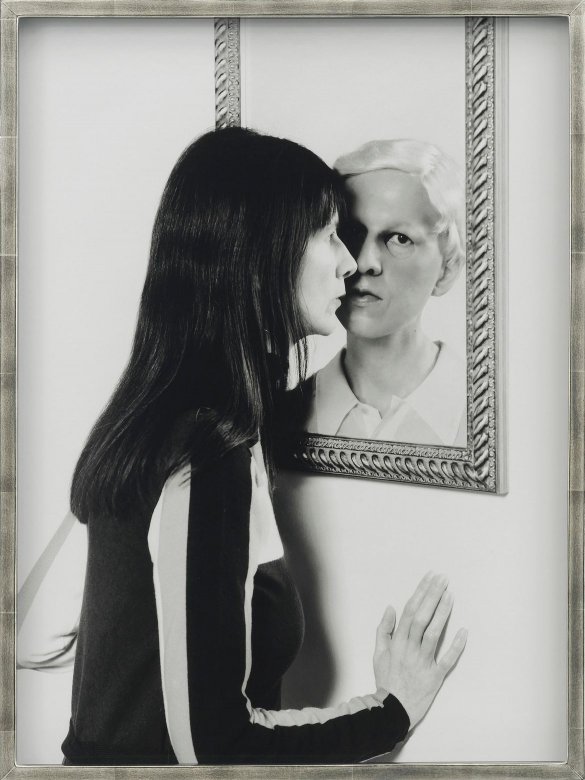
Gillian Wearing: Wearing Masks
*Art&Project can be registered directly after signing up anyone.
*It will be all registered on Google and other web portals after posting.
**Please click the link(add an event) on the top or contact us email If you want to advertise your project on the main page.
☆Donation: https://www.paypal.com/paypalme2/artlecture

